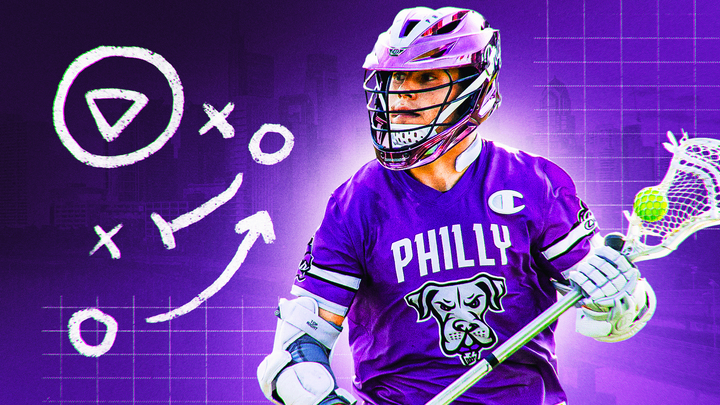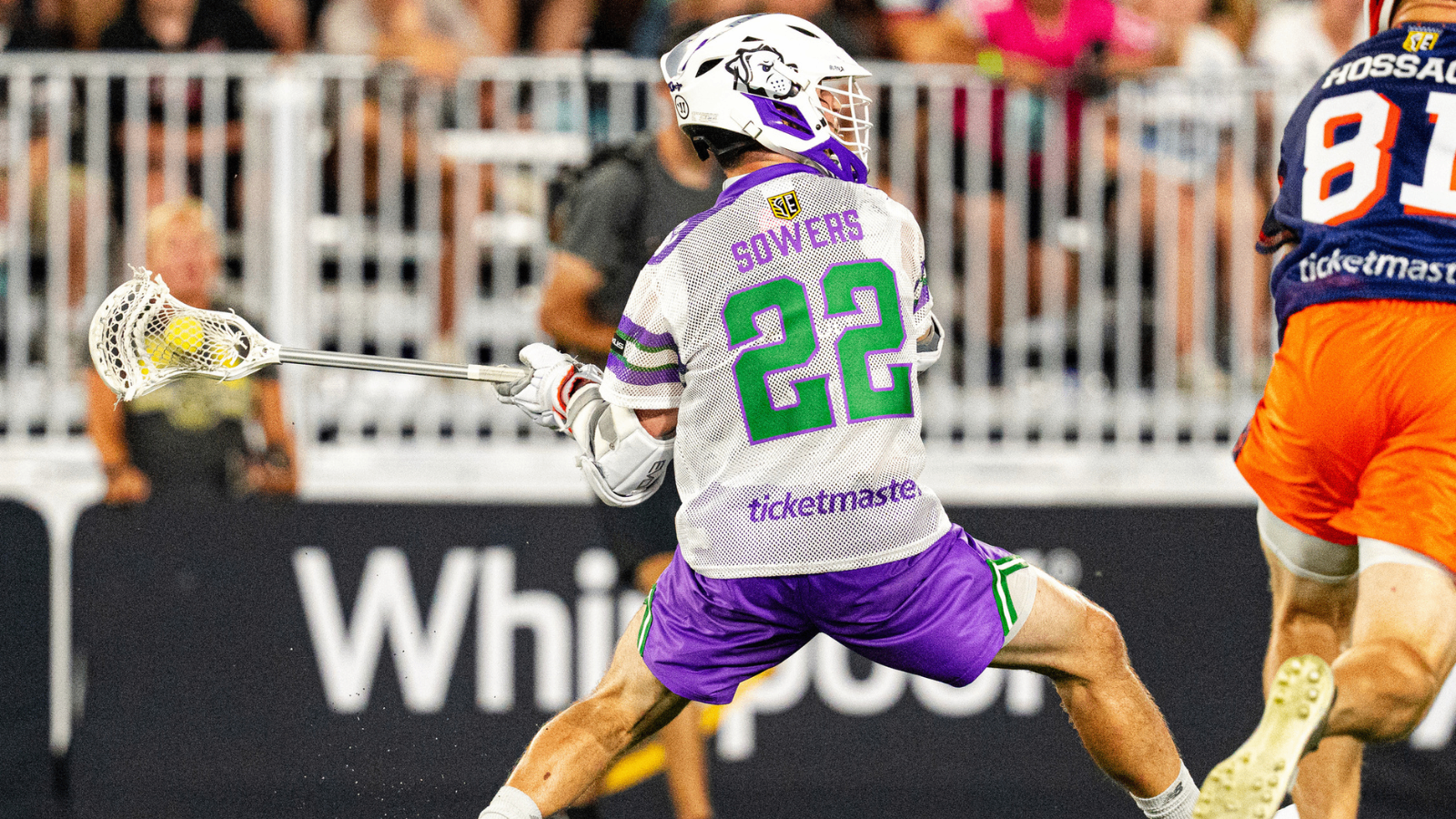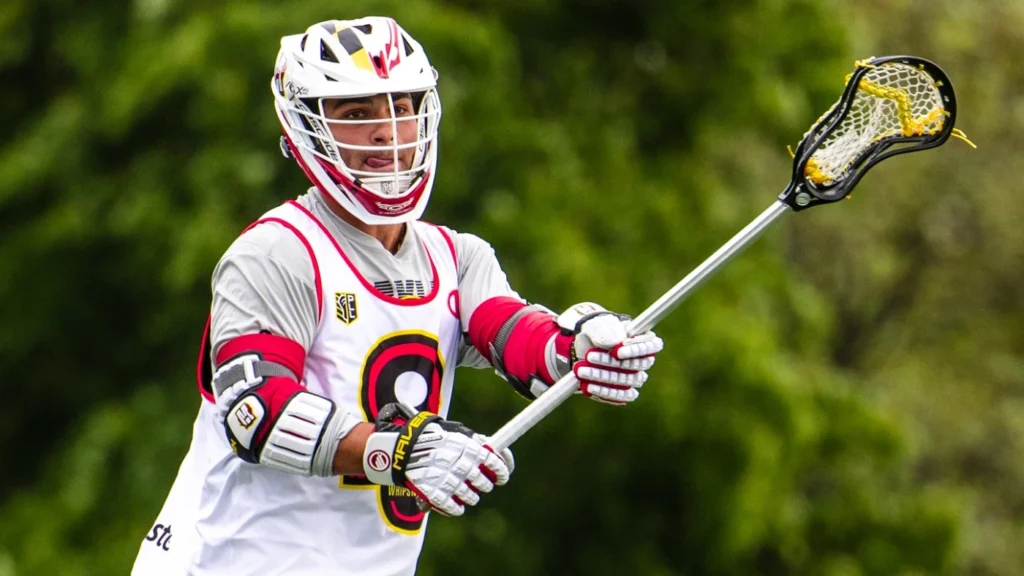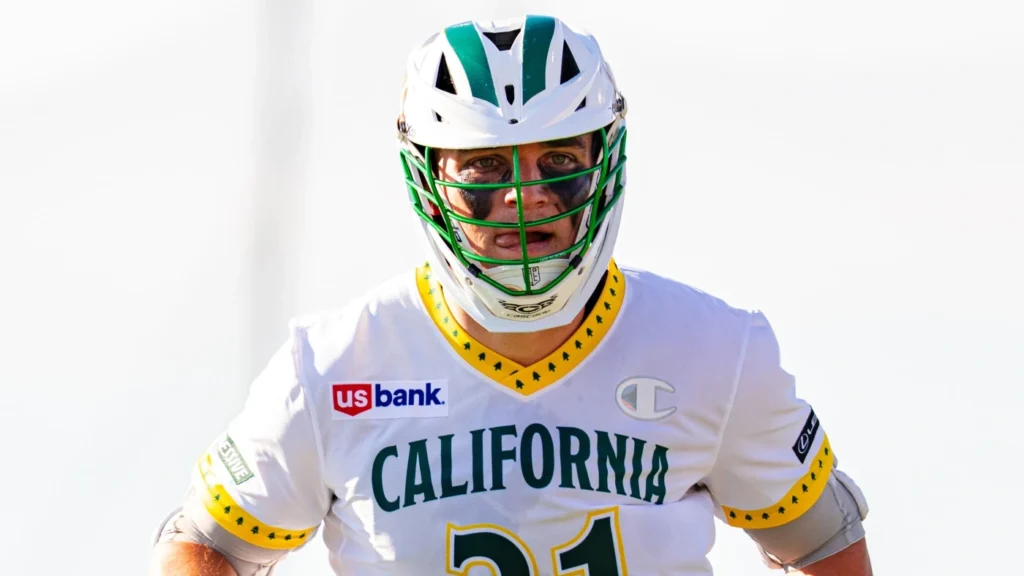Sitting at his locker, Michael Sowers could hear the Utah Archers celebrating through the walls of Subaru Park. A year ago, it had been him and his teammates showering each other with champagne in that exact same locker room. The Waterdogs had cut down the nets. The Waterdogs had posed for photos with the trophy. Teammates had trusted Sowers to map out their marching parade path through Philadelphia.
Now, it was the Archers’ turn to plan their night out. And Sowers was already planning his offseason training.
“I felt like I was plateauing,” Sowers said.
Hearing that makes no sense at all, yet somehow it makes complete sense.
How could someone who had won PLL Championship MVP honors and a gold medal with Team USA in the past year believe he was plateauing? But then again, how could someone become an All-Pro attackman without that drive to be better?
Sowers reached out to Jamie Munro that fall for an assessment of his game. Munro, who founded 3d Lacrosse, focuses on coaching deception and creativity. He compared Sowers’ game to a running back in football. He’d hit the hole, run as fast as he could and – too often – put his body on the line.
“If I continued to play the style that I was playing … I just wasn’t going to play for as long as I want to play,” Sowers said.
From that point on, Sowers’ training shifted toward maximizing his longevity. Instead of playing like a running back, he started playing like a quarterback.
He has taken steps to extend his range, so that he can be a scoring threat without threatening his health. His average shot distance has increased every year since: from 6.8 in 2023 to 8.2 in 2024 to 9.1 in 2025.
Sowers has observed Kieran McArdle’s approach to the recovery process and learned from the veteran. Now in his 12th professional season, McArdle is a model of consistency and discipline. It starts with nutrition. Sleep is key, too — though harder now than ever for McArdle with two kids at home. The biggest factor for McArdle’s longevity: stretching.





